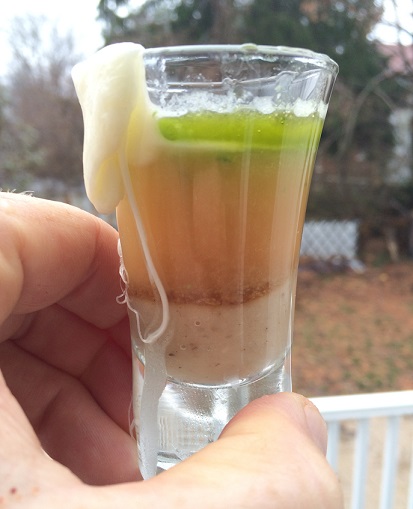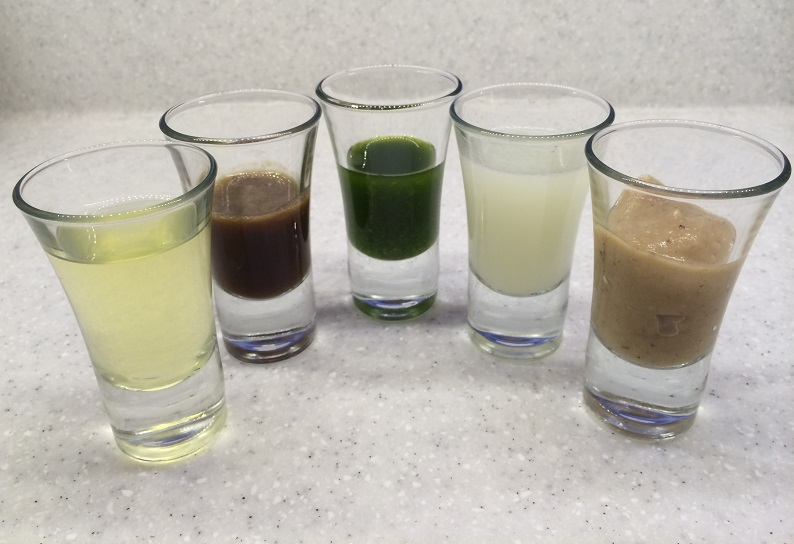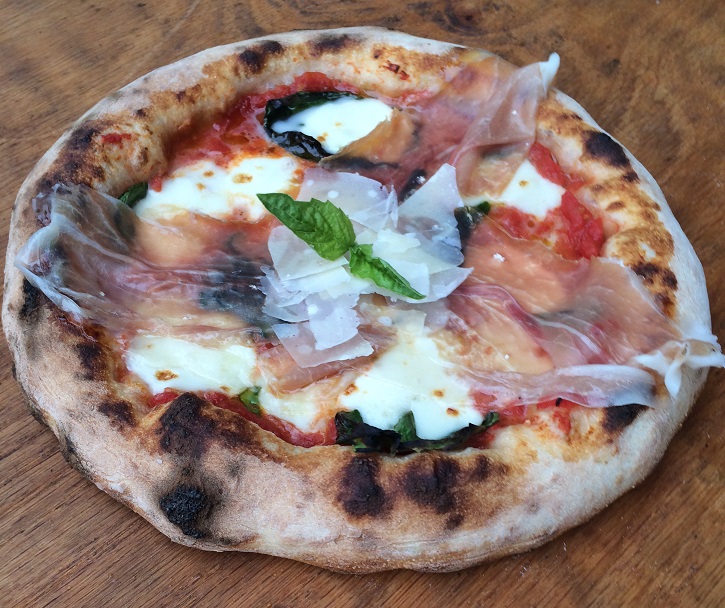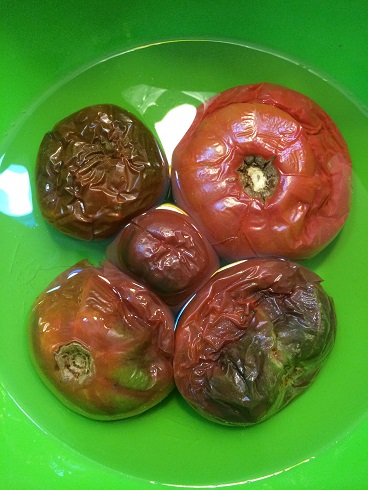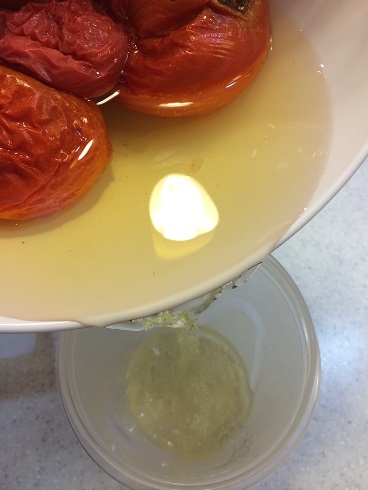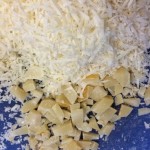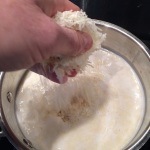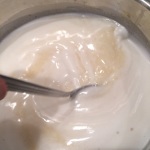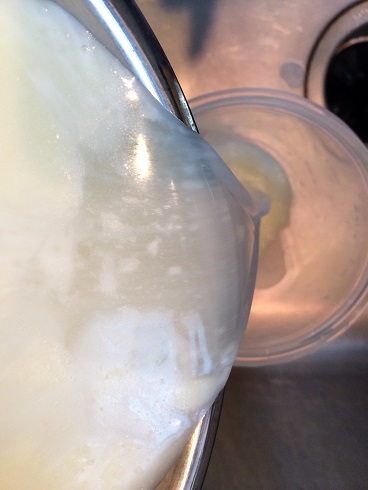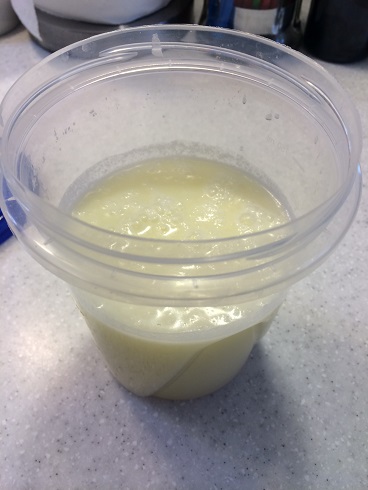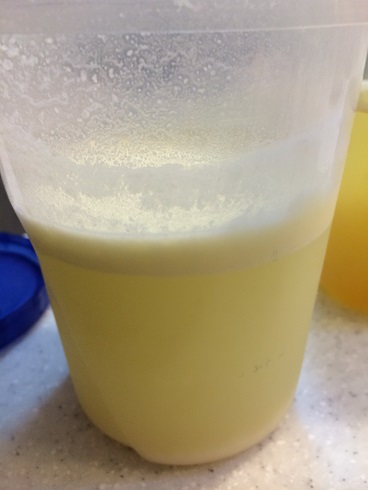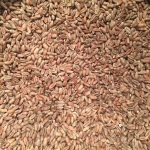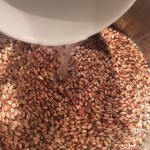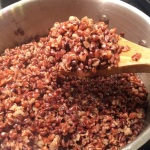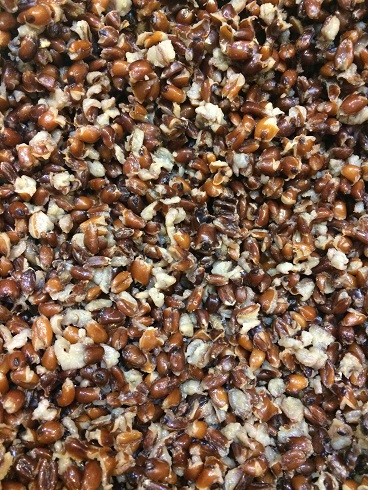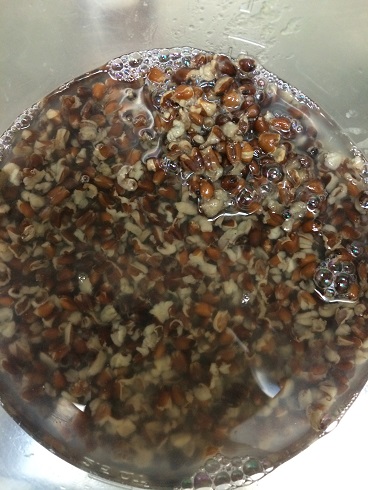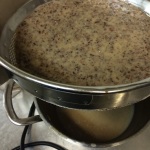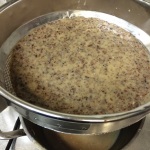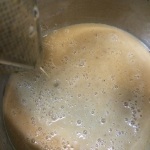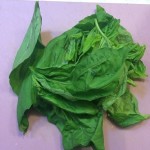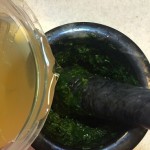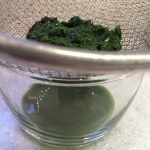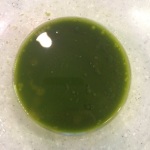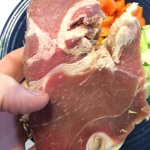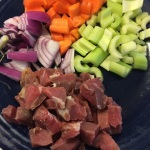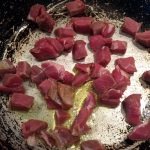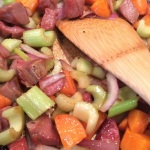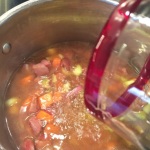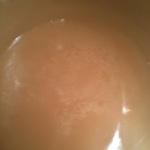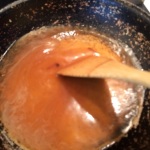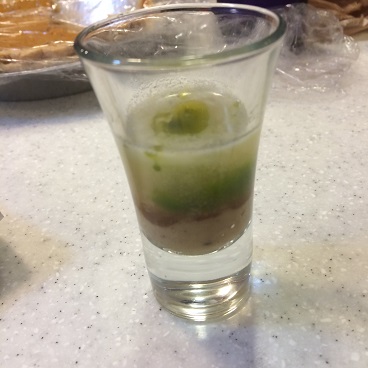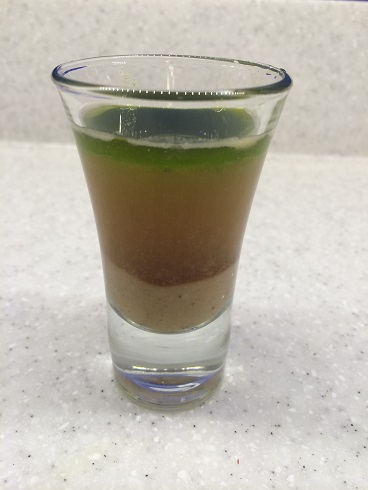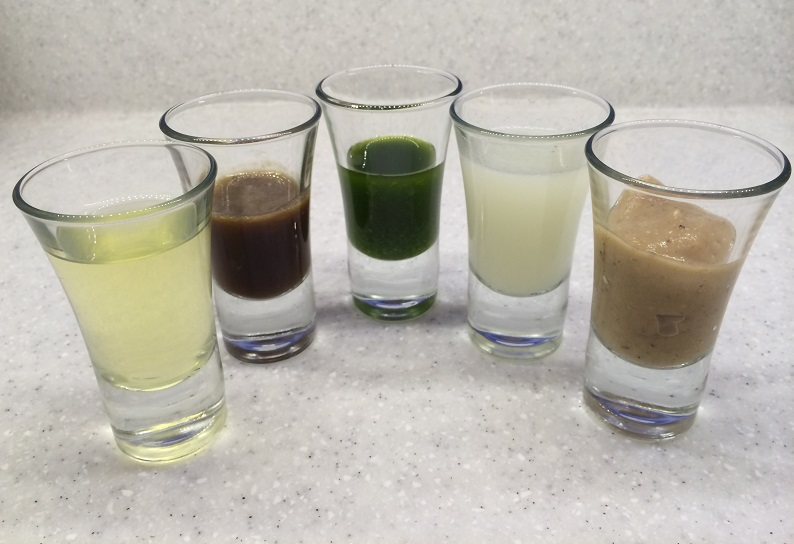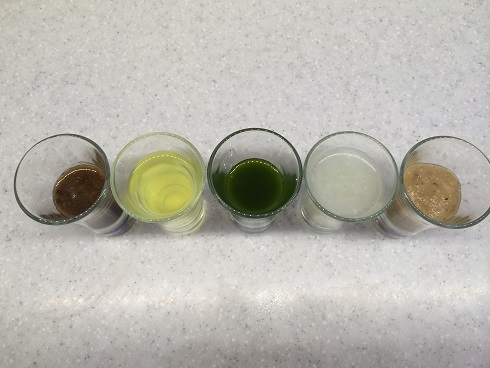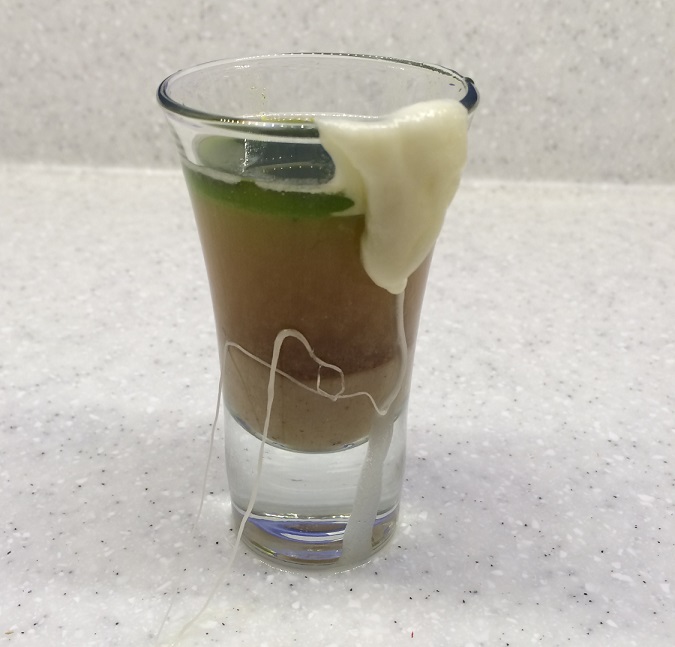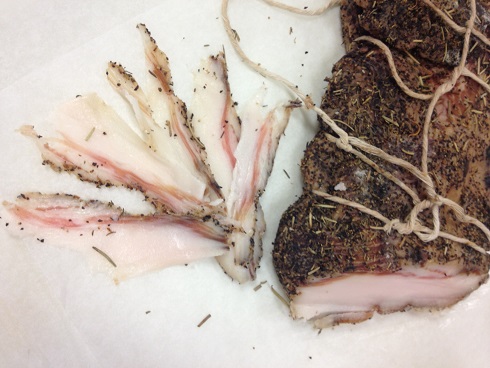
Pizza is Americas food, that’s a fact. On the thousands of pies my business makes each year, a massive portion of my customers have chosen bacon as a topping. The word itself sends middle-aged, pre-heart-attack victims like myself into a frenzy because the thought of that smoky, melting fat atop a slippery glacier of melting mozzarella is the stuff of dreams. It is hard to mimic or turn anyone away from the thought of crunchy, porcine goodness but there is another, more silky alternative to that streaky belly fat: Enter Guanciale; the jowl or cheek cut from the face of the pig!
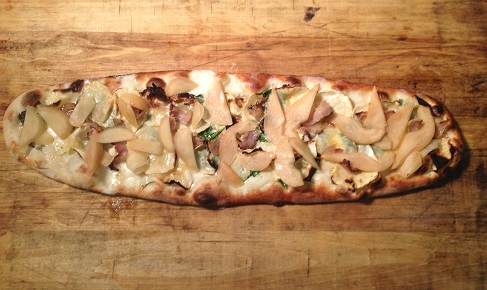
Above is some awesome Red Wattle, (heritage breed pork) guanciale that I cured with a long crisp Spanish syle Coca crust, Teleggio (an Italian Alpine cheese) roasted celery root, fresh basil and killer Bosc pears grown by Neal Cherry in Crooksville, Ohio that I have citrus-pickled.
Because of my inherent shallowness, I interpret the relationship of smoked pork belly fat vs. unsmoked pork facial fat as that of Bruce Lee vs. Chuck Norris. Bruce was the king of Kung Fu and, just like bacon, he was my hero when I gazed upon him kicking the shit out of bad guys on Green Hornet. Chuck was another bad ass (after Bruce had broken the martial arts-as-entertainment barrier) that transformed his talent in that memorable movie, Good Guys Wear Black. Both of these guys amazed and rocked my world just like bacon and jowl, unfortunately, Bruce is gone but Chuck Norris can split the atom with his bare hands! So lets make some guanciale!
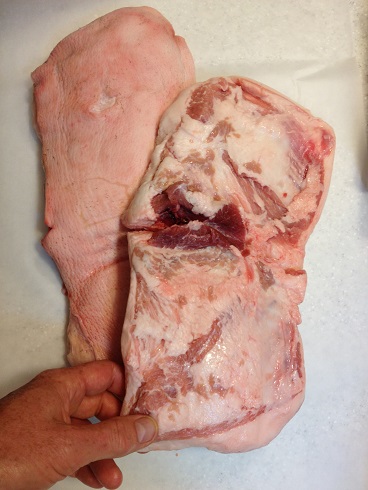
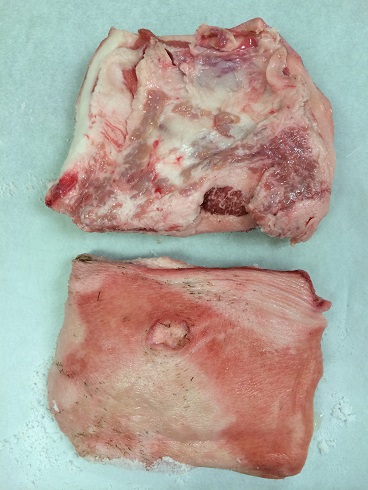
First, let’s start with a pork cheek from your local butcher or pig farmer. An excellent butcher can give you a skin-on cut that extends from the cheek down to shoulder, (like above, which I love). I trim any and all glands I find. They are soft, greyish and are easily distinguishable from fat like the cut above with a gland in the middle of the jowl. I also cut the cheek in two to help with the cure but I always leave the skin on. The pork “cheek meat” or oyster may still be left on the face. It is a roundish hunk of flesh that most butchers cut off to expedite the curing process but if you are lucky enough to have this wonderful piece on, just leave it.

To cure the guanciale, take a cup of course sea salt and vigorously rub the meat all over. Wrap tightly in plastic wrap and then in a large plastic bag without any air in it. Refrigerate for two days. Many people say to weigh the jowl down but I leave it alone because I don’t need a uniform piece of jowl. Just a thick slice of that porky goodness that will melt on a pizza.
After the two days, re-rub the jowl. You may have some juices to get rid of also. Re-wrap and set in refrigerator for one or two more days, depending upon how salty you want the jowl.
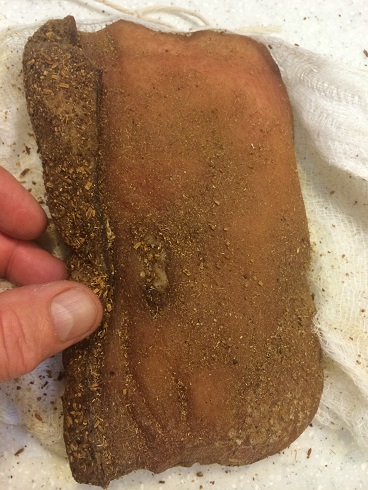
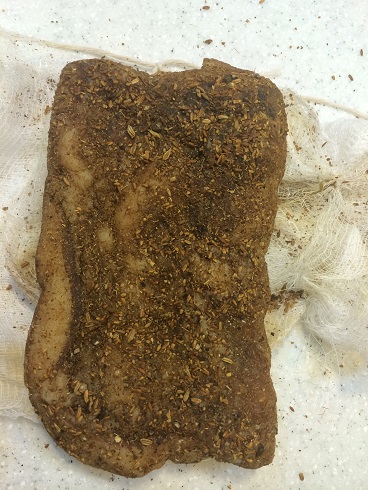
On the last day, rinse all the salt off and dry the jowl completely. I like to immerse the jowl in a baggy of white wine for an hour before drying again, (I like what the fruit does to the fat) then I rub like a madman with cracked peppercorns, roasted fennel seeds, roasted cumin seeds and rosemary that has been whipped up in my spice blender. (This is where puristas and me part company.) Because I am melting this flesh on a pizza, I want as much nuanced flavor to come out of this fat as possible, so I give a great shiatsu massage to this pork with strong spice and less salt. Yum.
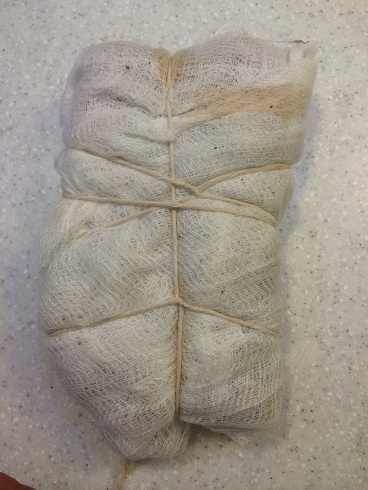

There are many ways to hang your cheek in the drying chamber. The best chamber to use is a white wine cooler that you can buy for under $300 clams. Just set the temperature for 55-60 and place a bowl of salted water at the bottom because your curing will need some moisture. The fan on these wine cabinets offers enough airflow to complete a good cure. (Optimum cure temperature is between 55 and 65 degrees with a humidity of 70 percent.) The first way is to wrap in a double layer of cheesecloth and tie with twine this will keep any herbs and spices in place but still able to breathe. The other way is to wrap the cheek in the herbs and use plastic wrap to force the spices and herbs in place then unwrap the plastic and remove before tying. Both of these have worked for me.
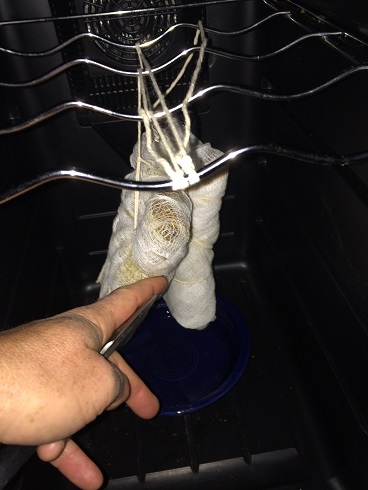
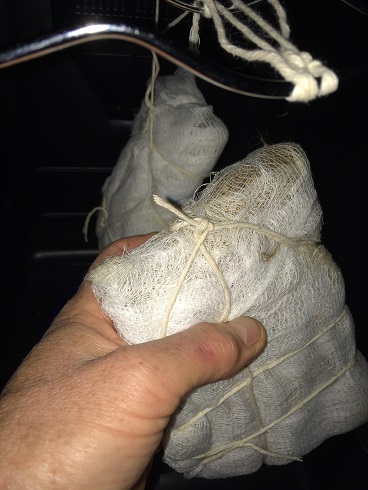
Tie the guanciale up for four to five weeks or until it loses 30 percent of their bulk.
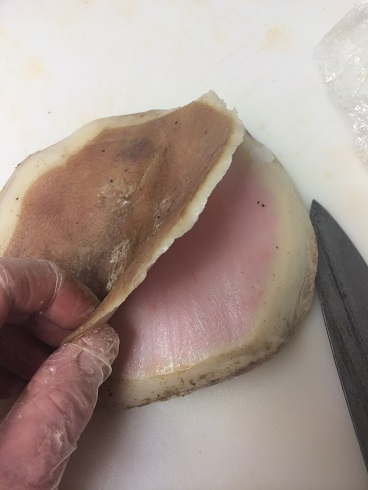

I’m tellin’ you… on that day that you go to your chamber and remove the guanciale, it’ll feel like your birthday. After wiping off some or all of the spice, get a sharp knife and cut the skin off. Any mold that is white is okay, any other mold is a concern. If you encounter any mold, wipe with vinegar until it comes off.

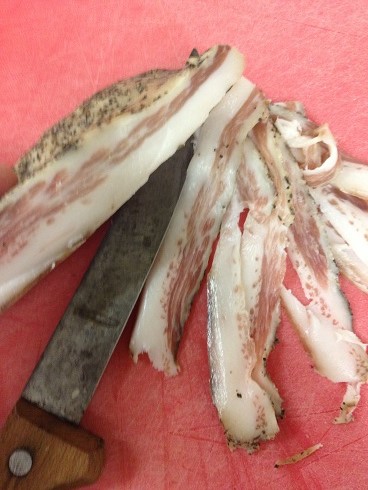
Then place the thin slice on your tongue and wait for the gorgeous melt to happen. Man oh man, if Chuck Norris wasn’t so fucking weird now, you’d be tempted to invite him over for some guanciale and a bowl full of nails.
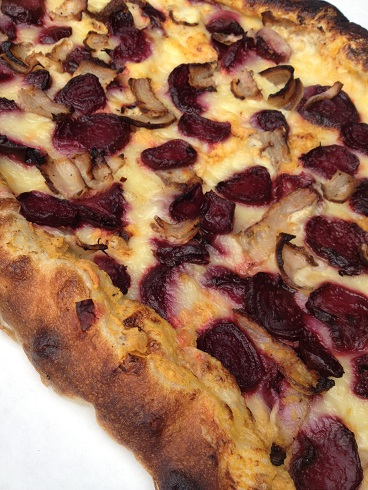

Above left is a Pizza Romana baked at 700 degrees with caramelized shallots, chevre, beets and local cheddar curd or for another magnificent flavor profile, above right is a knotted Turkish Pide with fresh local blackberries atop guanciale, aged mozzarella, provolone, fresh spinach and topped off with maple syrup.
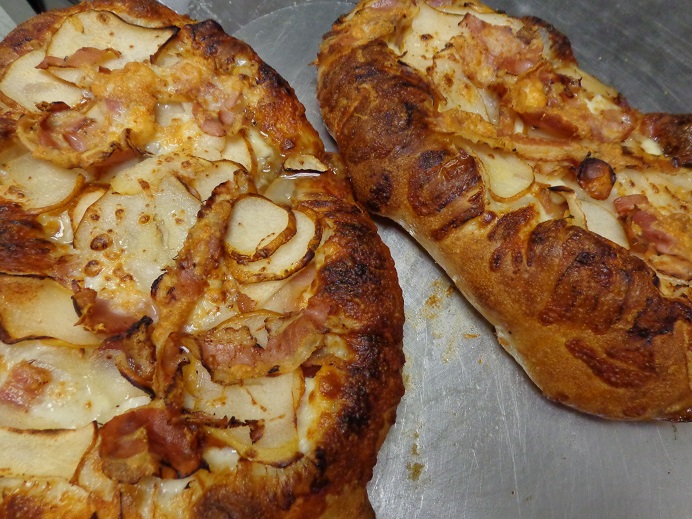
Or, if you have the guts, you can make a killer schiacciata with Stilton, walnuts and pear with that crisp melting guanciale taking it’s final bow for now!

